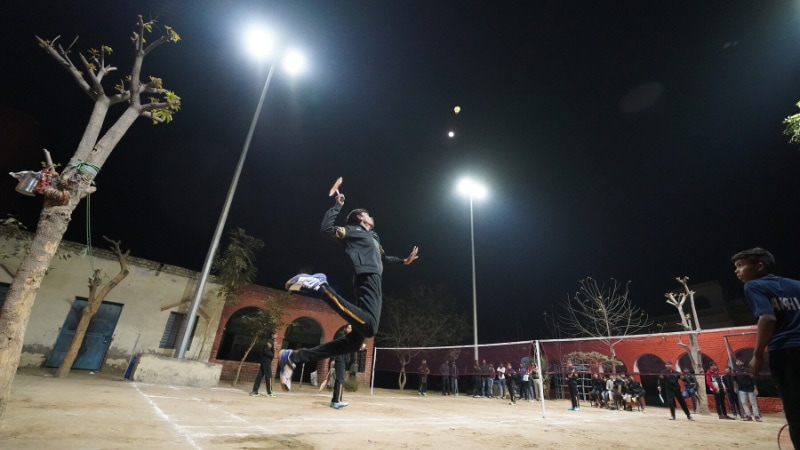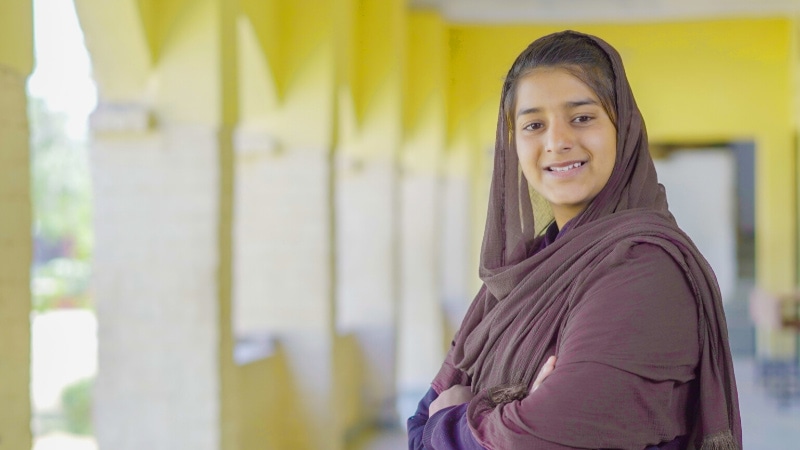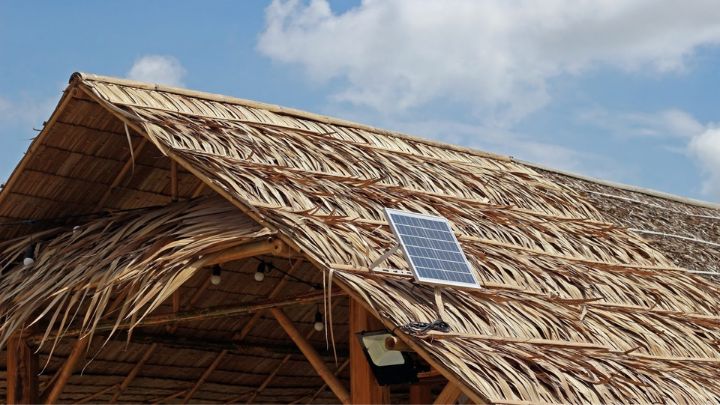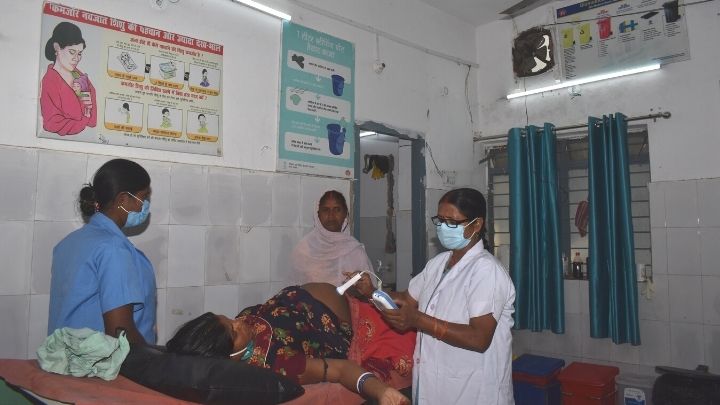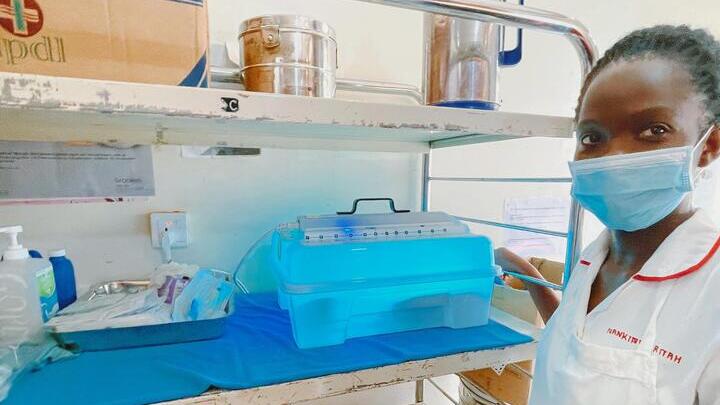13-year-old Unjila’s badminton practice used to end as soon as the sun set, now she can develop her racket skills well into the evening hours
As the sun sets on the horizon, 13-year-old Unjila enthusiastically walks back towards her school playground along with her classmates. But this time she’s wearing her sports jersey instead of her school uniform.
After a long day at school, she’s looking forward to her evening badminton lessons at the school playground. And, after having won the district-level competition, her coaches are confident that she’ll secure a leading position at the upcoming state-level championship.

